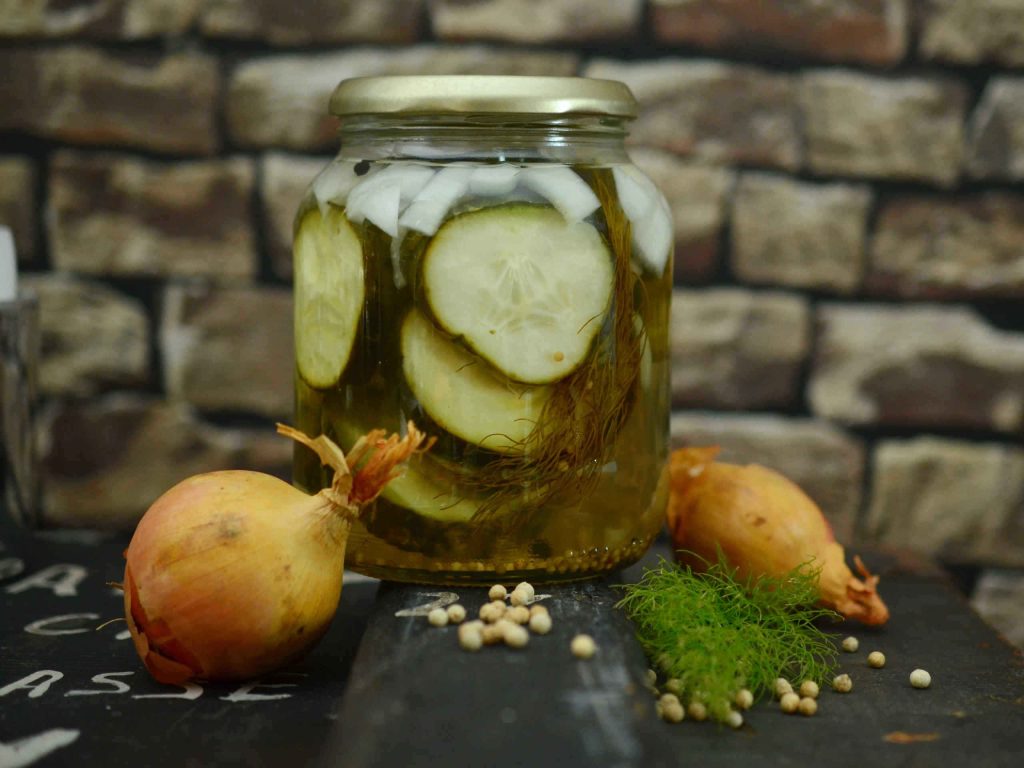In times when restaurateurs and hoteliers are increasingly growing their own vegetables, old-school preservation is just the thing. Fermentation has several advantages: The food is preserved in a natural way, it does not require electricity for storage and the flavors released during fermentation are exceptional. What’s more, the process is very simple and can be used in any type of business, from a la carte restaurants to system caterers – the use of fermented products is unlimited in terms of quality and quantity. It is important to be careful with salt, which is the basis of every fermentation – in granular form or as brine. Too little promotes spoilage, too much makes the product difficult to use.
The most famous of all fermented foods in this country is sauerkraut. But chocolate, kefir, cocoa, beer, cheese and sourdough bread are also produced by fermentation. Many fermented foods can be found in Asian cuisine in particular. Such as the Korean classic kimchi - spicy pickled white cabbage. Or tempeh, which is made from fermented soybeans and is a popular vegan meat substitute. Miso has also undergone a fermentation process before it ends up on your plate.
In principle, all vegetables are suitable, but it works particularly well with vegetables that are not too soft, such as cabbage, root vegetables, beans, beet, pumpkin or peppers.

Vienna has many bars. But only a few places that truly create their own world. Salon Paradise is exactly that: not a nightclub, but a state of mind. A dimly lit basement bar where conversations become deeper, drinks taste clearer, and music doesn’t accompany, but leads. After the summer break, Vienna’s most iconic underground bar returns to The Hoxton, Vienna on November 22—with a new tempo, a new sound, and a sharpened attitude. The rebellious soul remains, but it now beats with greater focus.
“The E-Food Book” by Matthias Schu is not light reading – but it is extremely relevant to everyday practice. It analyzes the changes in food retail based on facts and with a view to strategic opportunities.
Particularly valuable are the international best practice examples that show how digital food concepts are being rethought worldwide. At the same time, the book offers many tools and ideas for implementation in your own business – whether it’s a farm shop, food retail or wholesale.
INFO:
The E-Food Book – Markets, Players, Strategies
Author: Prof. Dr. Matthias Schu
Publisher: Deutscher Fachverlag GmbH
420 pages, paperback, 170 × 240 mm
ISBN: 978-3-86641-358-0
Price: €42.00
From gut health to alcohol-free enjoyment, from AI-supported shopping planning to viral food hypes: Austrian online supermarket Gurkerl.at sees four megatrends that will permanently change the food and beverage industry in 2026. Head buyer Nina Gerhardt explains why consumption is no longer just about price and availability – but about lifestyle, well-being, and digital intelligence.


In times when restaurateurs and hoteliers are increasingly growing their own vegetables, old-school preservation is just the thing. Fermentation has several advantages: The food is preserved in a natural way, it does not require electricity for storage and the flavors released during fermentation are exceptional. What’s more, the process is very simple and can be used in any type of business, from a la carte restaurants to system caterers – the use of fermented products is unlimited in terms of quality and quantity. It is important to be careful with salt, which is the basis of every fermentation – in granular form or as brine. Too little promotes spoilage, too much makes the product difficult to use.